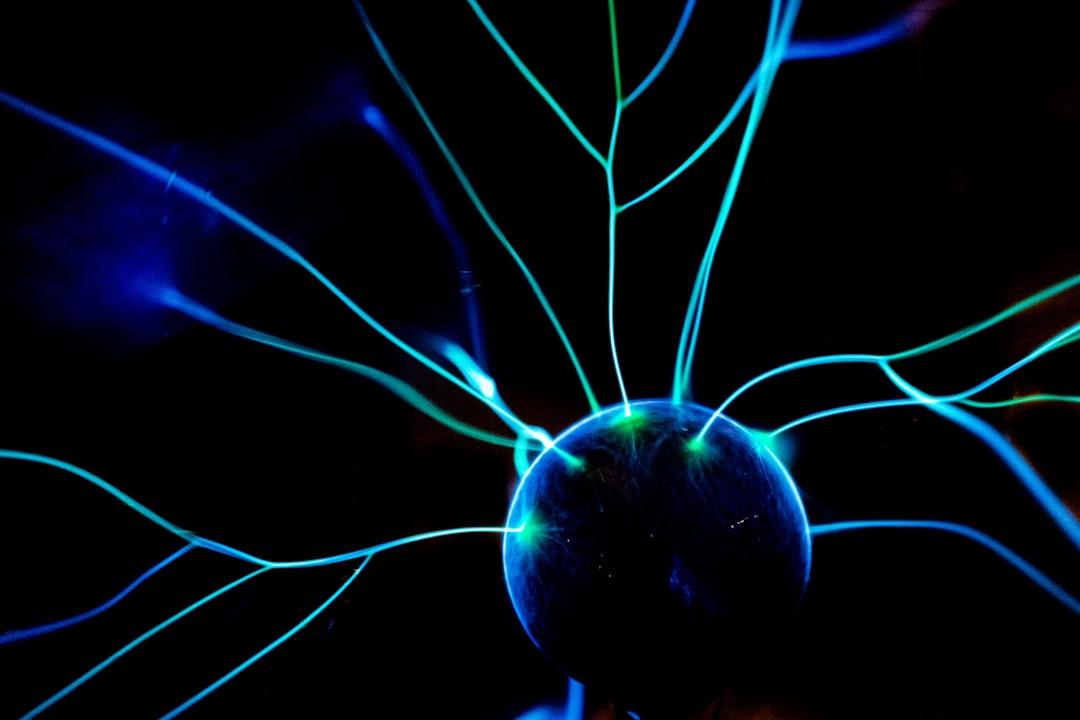What is it about?
Are repeatedly infected people in vivax malaria settings just unlucky? The burden of many infections in communities follows the 20/80 rule or Pareto principle: 20% of the people account for 80% or more of all infections. The Pareto rule also applies to infections with Plasmodium vivax, the most common cause of malaria in the Amazon and in parts of Asia. Importantly, high-risk individuals – or “malarious persons” –may also be malaria super-spreaders: they contribute disproportionally to parasite transmission to mosquito vectors, which in turn will infect other humans. High-risk people represent a priority target for more intensive interventions to achieve malaria elimination, but identifying them is not a trivial task. Importantly, malarious persons eventually develop clinical immunity, even in areas with very low or residual malaria transmission. As a consequence, they constitute a large but clinically silent parasite reservoir. They maintain low-grade and symptomless chronic infections that remain undiagnosed and untreated, but can still infect mosquitoes and fuel malaria transmission.
Featured Image

Photo by Vika Jordanov on Unsplash
Why is it important?
Understanding the sources of individual variation in the risk of P. vivax infection and disease is critical for identifying population groups that harbor a substantial fraction of the clinical burden of malaria and contribute disproportionally to transmission. Some of factors that modulate malaria risk are genetic – e.g., human polymorphisms known to reduce the susceptibility to P. vivax infection (e.g., Duffy blood group negativity) or affect the efficacy of the treatment used to prevent parasite relapses leading to repeated blood-stage infections (e.g., low-activity variants of the CYP2D6 enzyme). Others are non-genetic (e.g., behavioral, occupational) and therefore are potentially modifiable. Once modifiable risk factors are identified, more cost-effective interventions can be specifically designed toward malaria elimination.
Perspectives
We present an overview of the factors that modulate the individual's risk of P. vivax infection and examine similarities and differences with what is known about the heterogeneity of risk for P. falciparum, the dominant malaria parasite in Africa. We highlight some malaria resistance factors that are “vivax-specific”. We argue that mathematical models of P. vivax malaria must consider individual risk variation in order to estimate the impact of control interventions, especially those selectively targeted at individuals at increased risk of repeated infections.
Rodrigo M. Corder
Universidade de Sao Paulo Campus da Capital
Read the Original
This page is a summary of: Individual variation in Plasmodium vivax malaria risk: Are repeatedly infected people just unlucky?, PLoS Neglected Tropical Diseases, January 2023, PLOS,
DOI: 10.1371/journal.pntd.0011020.
You can read the full text:
Resources
Modelling the epidemiology of residual Plasmodium vivax malaria in a heterogeneous host population: A case study in the Amazon Basin
Malaria transmission models that disregard risk heterogeneity at the community level, classifying individuals as uniformly susceptible or infected, may not properly recapitulate the epidemiology of malaria in real-life settings. Here we fit a compartmental susceptible-infected-susceptible model to malaria morbidity data from Mâncio Lima, the main urban transmission hotspot of Brazil, and estimate that 20% of the urban residents contribute 86% of the overall vivax malaria burden in the town. Despite the low average force of infection, one order of magnitude lower that in rural Africa, high-risk individuals experience enough repeated infections to develop clinical immunity and constitute an asymptomatic reservoir that fuels onwards malaria transmission. Therefore, these high-risk subjects account for the paradoxical finding of clinical immunity and frequent asymptomatic parasite carriage in low-endemicity Amazonian communities. We argue that mathematical models accounting for risk heterogeneity are crucial to plan and evaluate malaria control and elimination interventions targeted to high-risk groups in communities, municipalities, and regions.
Relative contribution of low-density and asymptomatic infections to Plasmodium vivax transmission in the Amazon: pooled analysis of individual participant data from population-based cross-sectional surveys
Our pooled analysis of 34 population-based cross-sectional surveys in riverine villages and farming settlements in Brazil and Peru showed that 70·9% of P vivax infections are asymptomatic and 69·7% are sub-patent. Importantly, young children remain asymptomatic at P vivax density levels that usually elicit clinical symptoms in adults. This is the first evidence of age-specific parasite density thresholds associated with clinical illness in populations naturally exposed to P vivax. An darlingi infection rates are very low at sub-patent parasite densities but reach 50% at 2,300 parasites/μL. Asymptomatic carriers of P vivax are estimated to be the source of 28·2% to 79·2% mosquito infections across study sites, while sub-patent infections are responsible for smaller proportions of the community-wide transmission, estimated at 12·7% to 24·9% across study sites.
Contributors
The following have contributed to this page










